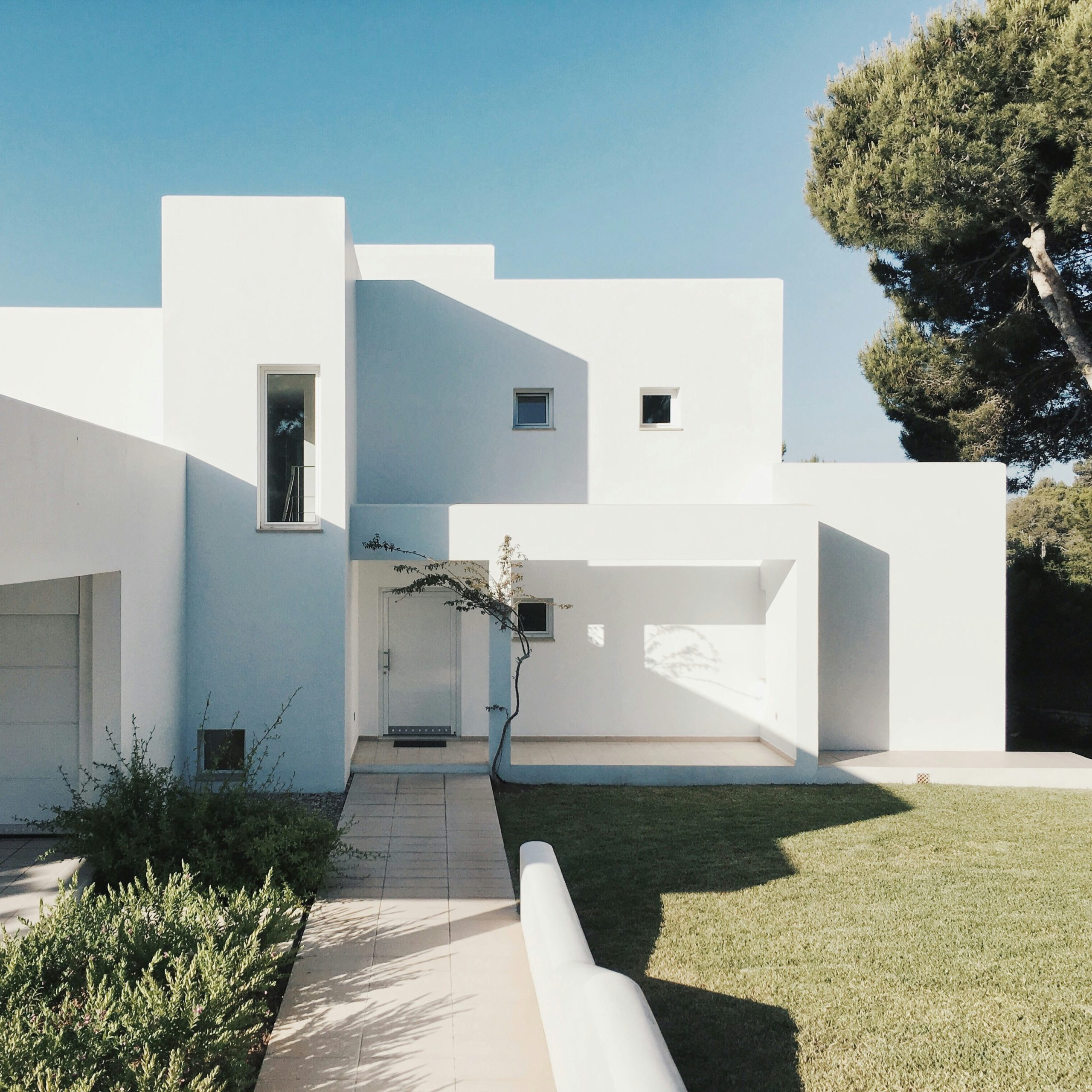In our journey toward a more eco-friendly and resilient future, understanding the role of sustainable architecture is crucial. In “How Does Sustainable Architecture Contribute To Sustainable Development?”, we delve into the innovative designs and practices that make buildings more energy-efficient, resource-aware, and harmonious with nature. By integrating green technologies and sustainable materials, we can significantly reduce our carbon footprint and promote healthier living environments. This approach not only benefits the planet but also enhances our quality of life and fosters inclusive, resilient communities. Let’s explore how these architectural advancements help us build a more sustainable world, one structure at a time. Have you ever wondered how sustainable architecture contributes to sustainable development? As we navigate through this question, it becomes clear that sustainable architecture is more than just a trend; it’s an essential component of our collective future. We’ll explore various aspects of sustainable architecture, how it supports sustainable development, and what it means for our communities and the planet.

What is Sustainable Architecture?
Sustainable architecture is a holistic approach to design that seeks to minimize the negative environmental impacts of buildings by enhancing efficiency and moderation in the use of materials, energy, and development space. Essentially, it’s about creating spaces that enhance human well-being while reducing the environmental footprint.
Key Principles of Sustainable Architecture
There are several fundamental principles that guide sustainable architecture:
- Energy Efficiency: Utilizing design techniques and technologies to reduce the consumption of energy.
- Resource Efficiency: Using renewable and sustainable materials.
- Healthy Environments: Ensuring that buildings are safe and healthy for occupants.
- Longevity and Affordability: Ensuring that buildings are durable and cost-effective to operate over time.
Bridging Past and Future
Sustainable architecture is not a new concept; it actually draws inspiration from traditional building practices that have stood the test of time. However, it also incorporates cutting-edge technology and modern conveniences to ensure that buildings meet contemporary needs.
Triple Bottom Line: The Three Pillars of Sustainability
When we talk about sustainable development, we refer to a balanced approach that considers environmental, social, and economic factors. This is often described as the triple bottom line.
Environmental Sustainability
Environmental sustainability focuses on reducing negative impacts on the natural environment. By employing sustainable architecture, we can dramatically reduce a building’s carbon footprint.
Energy and Carbon Footprint
Modern sustainable buildings are designed to be energy-efficient, often utilizing renewable energy sources such as solar or wind. Energy-efficient buildings not only save costs in the long run but also contribute to the reduction of greenhouse gases.
Water Conservation
Water-efficient fixtures and rainwater harvesting systems are increasingly used in sustainable buildings. These measures help in conserving one of our most precious resources—water.
Social Sustainability
Social sustainability emphasizes the importance of designing built environments that contribute to the well-being and quality of life for all people.
Community Inclusion
One hallmark of sustainable architecture is its emphasis on community inclusion, ensuring that buildings serve the needs of all community members. This can mean creating public spaces that are accessible and welcoming to everyone.
Health and Well-Being
Healthy building materials and good ventilation systems are critical aspects of sustainable architecture. Buildings that provide natural light and views of the outdoors contribute to the mental well-being of occupants.
Economic Sustainability
Economic sustainability is about creating buildings that are cost-effective and contribute positively to local economies.
ROI on Sustainable Investment
While the upfront costs of building sustainably can be higher, the long-term savings on energy and maintenance often offset these initial investments. Governments are also increasingly offering incentives for sustainable buildings, boosting their economic viability.
Job Creation
The shift toward sustainable building practices is creating new job opportunities in various fields such as renewable energy, energy efficiency, and sustainable design.
Case Studies: Sustainable Architecture in Action
To better understand the impact of sustainable architecture, let’s dive into some case studies that illustrate its principles and benefits in real-world applications.
Case Study 1: The Bullitt Center
Located in Seattle, Washington, the Bullitt Center is often referred to as the greenest commercial building in the world. It operates net-zero energy, water, and waste.
| Aspect | Details |
|---|---|
| Energy | Utilizes solar panels to generate more electricity than it consumes |
| Water | Rainwater harvesting and on-site wastewater treatment |
| Materials | Built using locally sourced and non-toxic materials |
| Social Impact | Provides educational tours and community engagement programs |
Case Study 2: Bosco Verticale
Bosco Verticale in Milan, Italy, is a residential building that incorporates trees and shrubs, providing a vertical forest in the midst of the city.
| Aspect | Details |
|---|---|
| Energy | Reduces energy consumption through natural insulation |
| Water | Incorporates a greywater recycling system |
| Materials | Uses sustainable and durable materials |
| Social Impact | Enhances urban biodiversity and improves air quality |
Advances in Sustainable Building Materials
Modern sustainable architecture often employs advanced building materials that are both environmentally friendly and durable.
Recycled and Upcycled Materials
Using recycled materials such as reclaimed wood or recycled metal reduces the demand for new resources and minimizes waste.
Innovative Technologies
Technologies such as green roofs, living walls, and advanced insulation materials contribute to making buildings more sustainable. These not only improve energy efficiency but also enhance the aesthetic and ecological value of buildings.

Sustainable Urban Planning
Sustainable architecture does not function in isolation; it is part of the larger context of sustainable urban planning.
Integrated Design
By focusing on integrated design, urban planners can ensure that buildings, transportation systems, and public spaces work synergistically to create a sustainable environment.
Transit-Oriented Development
Transit-oriented developments are designed to maximize access to public transportation, reducing the reliance on cars and thus lowering emissions.
Challenges and Barriers
Despite its numerous benefits, sustainable architecture faces several challenges and barriers.
Cost Constraints
One of the most significant barriers to widespread adoption is the initial cost. However, this can often be mitigated by considering the long-term savings.
Regulatory Hurdles
Building codes and regulations sometimes act as obstacles. However, many governments are increasingly updating their codes to promote sustainability.
Public Awareness
Creating awareness about the benefits of sustainable architecture among the general public is crucial for its broader acceptance.

The Future of Sustainable Architecture
The future of sustainable architecture looks promising as advancements in technology and growing environmental awareness drive innovation in the field.
Smart Buildings
Smart buildings that utilize IoT (Internet of Things) can optimize energy use, improving efficiency and reducing waste.
Renewable Energy Integration
Future buildings will likely integrate renewable energy sources even more seamlessly, moving towards energy self-sufficiency.
Circular Economy
Emphasizing a circular economy, future sustainable architecture aims to create buildings that can be easily disassembled and materials re-purposed at the end of their life cycle.
Conclusion
So, how does sustainable architecture contribute to sustainable development? It helps by reducing environmental impact, improving social equity, and enhancing economic viability. Sustainable architecture is not just about constructing buildings; it’s about fostering communities and ensuring a healthier planet for future generations. By embracing its principles, we can make a meaningful contribution to sustainable development and create a better world for all.
As we continue to evolve in our understanding and technologies, the role of sustainable architecture will only become more critical. Let’s commit to making thoughtful choices today that will pave the way for a sustainable future.